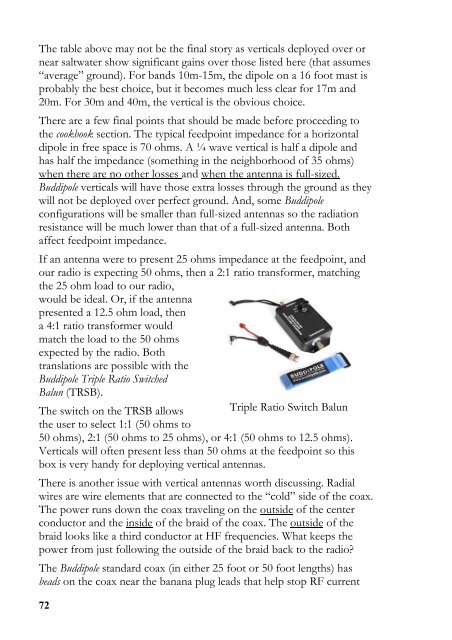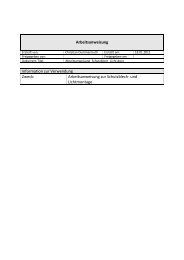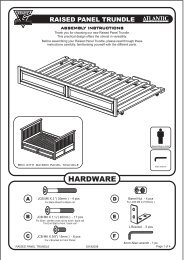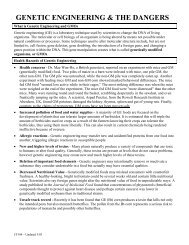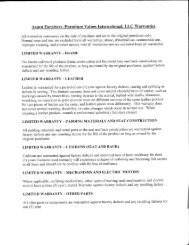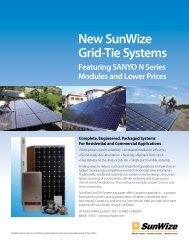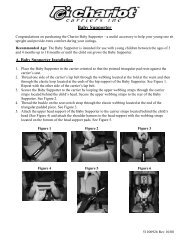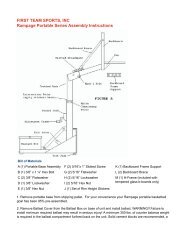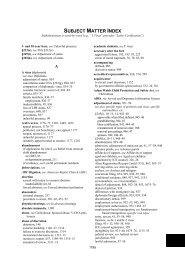BUDDIPOLE IN THE FIELD
BUDDIPOLE IN THE FIELD
BUDDIPOLE IN THE FIELD
Create successful ePaper yourself
Turn your PDF publications into a flip-book with our unique Google optimized e-Paper software.
The table above may not be the final story as verticals deployed over or<br />
near saltwater show significant gains over those listed here (that assumes<br />
“average” ground). For bands 10m-15m, the dipole on a 16 foot mast is<br />
probably the best choice, but it becomes much less clear for 17m and<br />
20m. For 30m and 40m, the vertical is the obvious choice.<br />
There are a few final points that should be made before proceeding to<br />
the cookbook section. The typical feedpoint impedance for a horizontal<br />
dipole in free space is 70 ohms. A ¼ wave vertical is half a dipole and<br />
has half the impedance (something in the neighborhood of 35 ohms)<br />
when there are no other losses and when the antenna is full-sized.<br />
Buddipole verticals will have those extra losses through the ground as they<br />
will not be deployed over perfect ground. And, some Buddipole<br />
configurations will be smaller than full-sized antennas so the radiation<br />
resistance will be much lower than that of a full-sized antenna. Both<br />
affect feedpoint impedance.<br />
If an antenna were to present 25 ohms impedance at the feedpoint, and<br />
our radio is expecting 50 ohms, then a 2:1 ratio transformer, matching<br />
the 25 ohm load to our radio,<br />
would be ideal. Or, if the antenna<br />
presented a 12.5 ohm load, then<br />
a 4:1 ratio transformer would<br />
match the load to the 50 ohms<br />
expected by the radio. Both<br />
translations are possible with the<br />
Buddipole Triple Ratio Switched<br />
Balun (TRSB).<br />
The switch on the TRSB allows Triple Ratio Switch Balun<br />
the user to select 1:1 (50 ohms to<br />
50 ohms), 2:1 (50 ohms to 25 ohms), or 4:1 (50 ohms to 12.5 ohms).<br />
Verticals will often present less than 50 ohms at the feedpoint so this<br />
box is very handy for deploying vertical antennas.<br />
There is another issue with vertical antennas worth discussing. Radial<br />
wires are wire elements that are connected to the “cold” side of the coax.<br />
The power runs down the coax traveling on the outside of the center<br />
conductor and the inside of the braid of the coax. The outside of the<br />
braid looks like a third conductor at HF frequencies. What keeps the<br />
power from just following the outside of the braid back to the radio?<br />
The Buddipole standard coax (in either 25 foot or 50 foot lengths) has<br />
beads on the coax near the banana plug leads that help stop RF current<br />
72


